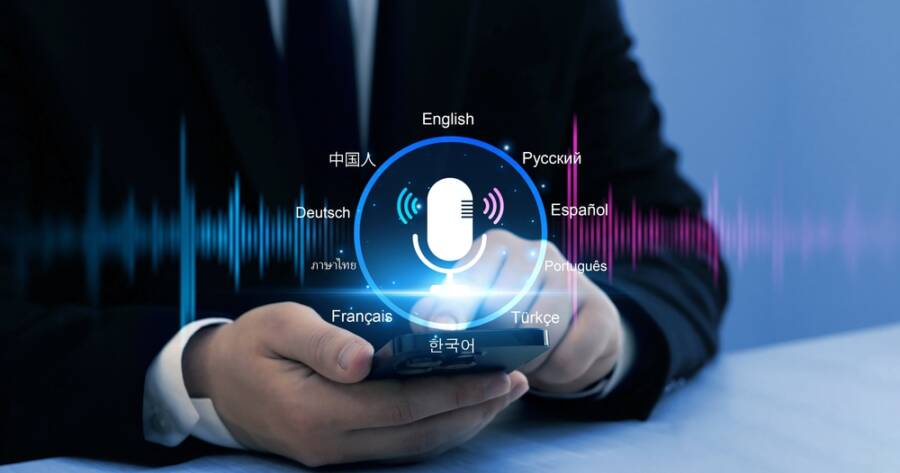As Europe becomes more digitally connected and linguistically diverse, accurate and fast transcription has become essential for work, education, and everyday communication. From remote meetings to language learning and journalism, multilingual Europeans are increasingly relying on AI transcription tools that can understand, convert, and translate speech with minimal effort. In 2025, the market is filled with advanced solutions that do more than just type out words — they offer real-time translations, speaker recognition, and powerful integrations that make life a little easier.
Why Multilingual Transcription Matters in the EU
The European Union is home to over 20 official languages and countless regional dialects. In such a rich linguistic landscape, transcription tools must do more than simply recognize English. Whether it’s a meeting in German, a podcast in Spanish, or a lecture in Polish, multilingual transcription helps break barriers and improve accessibility.
Professionals across the EU — from healthcare providers to legal teams and international researchers — often deal with content in multiple languages. Manual transcription takes time, costs money, and can introduce errors. AI-based solutions are now stepping in to solve this, offering near-instant results with increasingly impressive accuracy across many European languages.
Even for casual users, these tools can help translate family interviews, subtitle home videos, or document language lessons. The growing demand has pushed developers to build smarter systems that don’t just transcribe words but understand context, emotion, and tone.
3 Popular AI Transcription Tools
As demand for quick and accurate audio-to-text conversion grows, several AI transcription tools have become industry favorites:
- Otter.ai is widely used for meetings, lectures, and interviews, offering real-time transcription with speaker identification.
- Rev AI is known for its high accuracy and integration with platforms like Zoom, making it a strong choice for professionals.
- Trint is another standout, which not only transcribes audio but also includes powerful editing tools and collaboration features.
These platforms leverage machine learning to streamline transcription tasks, saving time and boosting productivity across various fields.
Key Features to Look for in 2025
Not all transcription tools are created equal. The best ones in 2025 offer more than just basic voice-to-text services. For multilingual users, certain features stand out:
- Language switching: The ability to recognize and adapt when speakers switch between languages — even mid-sentence — is critical in international conversations.
- Real-time translation: Some tools now offer live transcription and translation, allowing users to read one language while hearing another.
- Speaker identification: In group conversations, good transcription tools can recognize who is speaking, which is especially helpful for meeting notes or interviews.
- Punctuation and formatting: Natural-sounding punctuation and correct paragraph structure save time and make the output more readable.
- Offline capabilities: Some EU professionals prefer tools that don’t require an internet connection, especially when working with confidential information.
These features help make transcriptions not only more accurate but also more useful — reducing the need for manual edits or follow-up corrections.
Top Tools Being Used Across the EU
While many tools offer transcription, a few have stood out in 2025 for their multilingual support, accuracy, and user-friendliness.
Several platforms use large language models trained on European datasets to understand regional accents and dialects. These tools are especially popular in the public sector and education, where recordings often include non-standard language or mixed formats.
Others are integrated into popular video conferencing platforms, offering automatic transcription and translation during live meetings. These are valuable for international teams that speak different native languages but need to collaborate in real time.
Some transcription tools are now mobile-first, supporting smartphone voice memos, field interviews, and on-the-go notes. These apps are widely used by journalists, students, and independent creators who need quick access to multilingual transcripts without sitting at a desk.
Several services have been praised for their privacy features, offering data storage within the EU, GDPR-compliant policies, and strong encryption — all of which matter greatly to European users handling sensitive information.
How Multilingual AI Is Changing Work and Learning
The rise of multilingual AI transcription has changed how people communicate and work across borders. Teams no longer need to rely on human interpreters for every meeting. Teachers can offer transcripts of lessons in different languages. Students can search through hours of audio in seconds, finding exactly what they need. Even government agencies are exploring how these tools can support public accessibility and citizen communication in multiple languages.
For small businesses and freelancers, transcription tools have become essential. Creating subtitles for marketing videos, generating written blog posts from spoken interviews, or translating client messages into local languages is now faster and cheaper than ever.
The ease of use also makes these tools inclusive. People with hearing loss, non-native speakers, and individuals with learning differences benefit from clear, searchable transcripts that can be reviewed at their own pace.
Smarter Tools for a Connected Europe
As Europe grows more connected and multilingual, AI transcription tools are no longer just helpful — they’re essential. In 2025, these tools have evolved into powerful allies for communication, learning, and productivity. With strong language coverage, fast processing, and thoughtful features, they reflect the continent’s diversity while supporting its shared goals.
Whether you’re a student, a translator, a journalist, or someone managing a multilingual team, there’s never been a better time to explore what modern transcription technology can do. The best part? These tools continue to improve — learning from every conversation and helping people across Europe understand one another more clearly than ever before.

